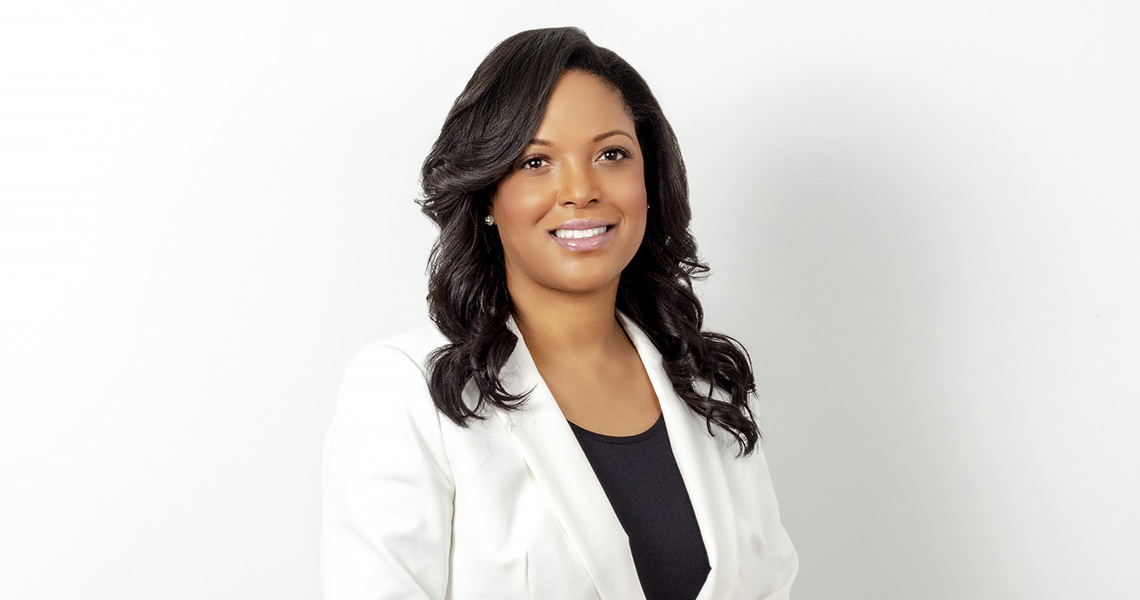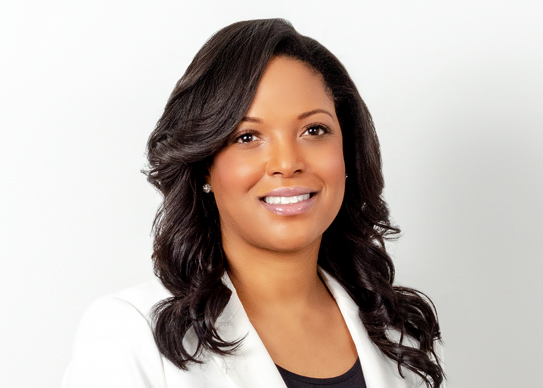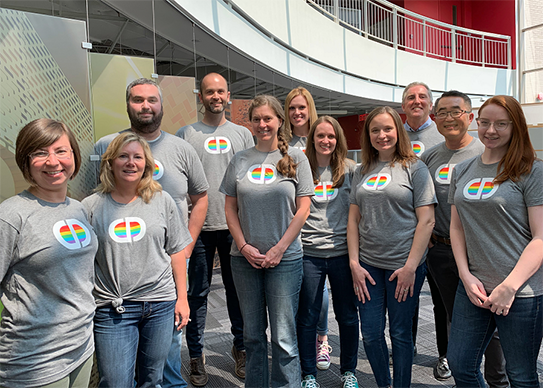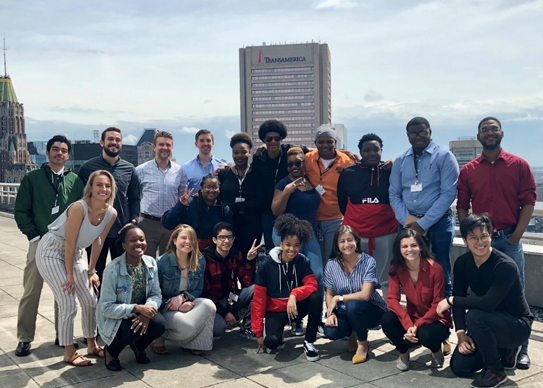In the piece, Sharla shares that “like most companies, architecture and design firms have a long way to go when it comes to building more diverse hiring practices and empowering people of color with leadership roles,” but that she sees her role at CannonDesign as more than just HR. She is focused on integrating DEI principles across all of the work our nearly 1,100 employees do on a daily basis.
The full Washington Business Journal piece is online. Here are a few key excerpts:
CannonDesign has already released a DEI framework, but how will you put that into practice? We have a strategy for attracting and retaining a diverse workforce, cultivating culturally competent and diverse leaders. But we also want to mentor and engage with diverse businesses. We need to do work with like-minded partners who bring diverse perspectives and experiences to the table. We want to foster these deep-rooted, long-term relationships that will lead to more representational project teams as a whole—beyond just our firm.
How will you build those relationships? We have this new 12-week program between participating firms and CannonDesign. We have these interactive peer-to-peer sessions—really a chance to deepen those business relationships. Then these firms can be part of a go-to source when we’re looking for partners to team up with on projects. Learn more here.
How has your work in this field changed since last summer? We definitely saw a shift, really an increased focus and a renewed focus on DEI in a way I hadn’t seen before. You go from a place of, “I have to convince you and give you the business case of why this is important,” to “Let’s just do this.” But it’s also overwhelming because everybody wants change to happen right away. So it’s been a lot of long nights.
After a year of hearing those commitments in the business world, do you feel there’s been meaningful progress? Architecture and engineering remains a very white profession, and there’s no doubt there’s a gender gap in the leadership roles. We’ve definitely become more diverse in the last decade or so, but there’s a long way to go. But we’re committed to this work for the long term, and we’re trying to be transparent about our progress, or lack of progress. And when that happens, the workforce won’t let you ease up.




